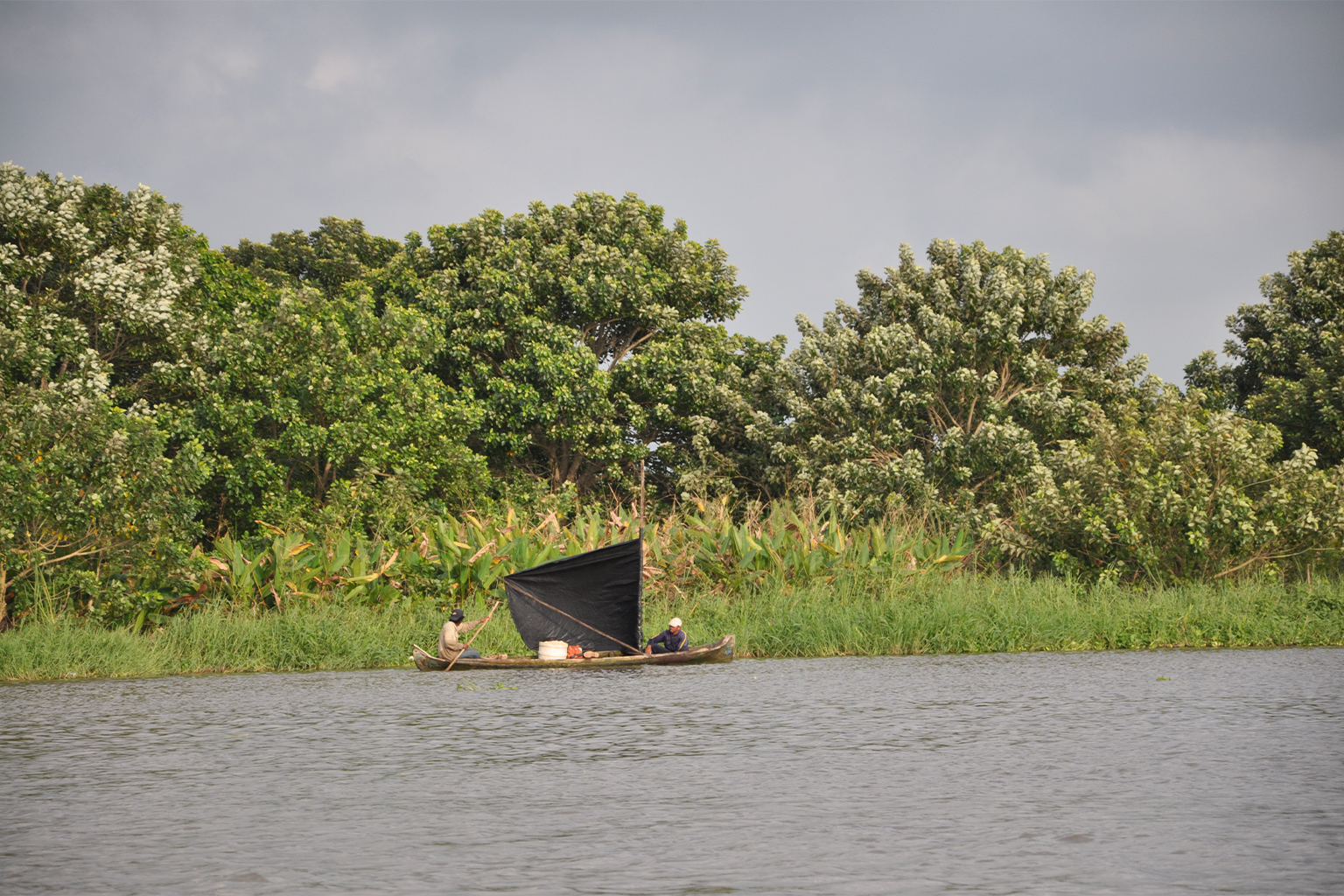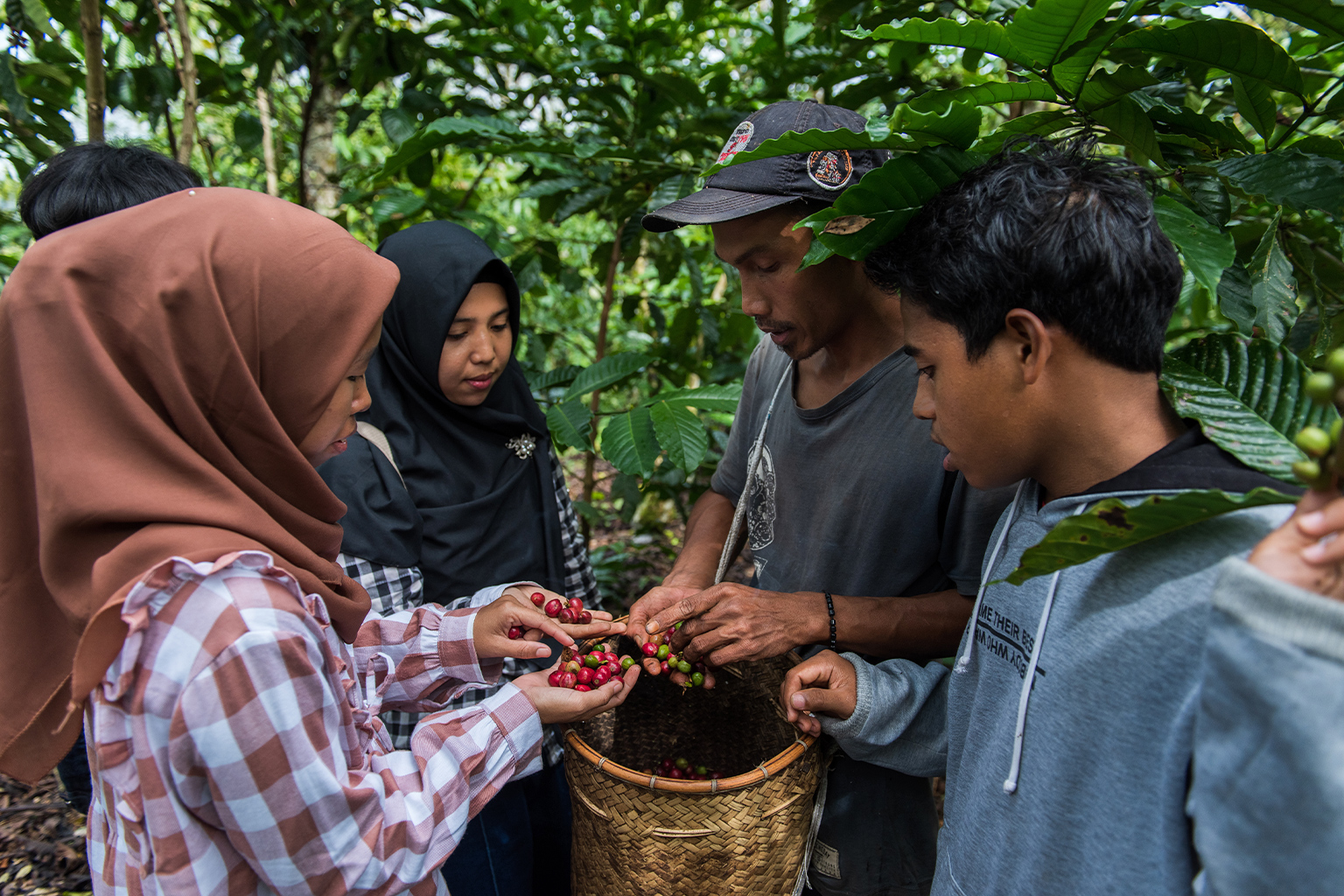- Land legally designated or owned by Indigenous, Afro-descendant and local communities increased by 102.9 million hectares (254 million acres) between 2015 and 2020, according to a new report released by the Rights and Resources Initiative (RRI).
- The report analyzed land increases across 73 countries and showed increases in 21 countries, though a handful of countries, like Kenya and Liberia, drove most of the significant gains.
- At least 1.3 billion hectares (3.3 billion acres) of ancestral lands have not been recognized under national laws and regulations.
- Many industrially developing countries are experiencing an increased demand for land, including Indigenous lands, and prioritize these sectors that achieve economic and industrial development or national climate and conservation targets over Indigenous land claims.
Land legally designated or owned by Indigenous, Afro-descendant and local communities increased by 102.9 million hectares (254 million acres), larger than the size of Egypt, between 2015 and 2020, according to a new report released by the Rights and Resources Initiative (RRI). These groups now own more than 11% of Earth’s terrestrial land.
“We are seeing the [results of] advocacy and the work that Indigenous peoples and local communities have been doing to push forward the recognition of their rights,” said Solange Bandiaky-Badji, RRI coordinator.
In the study, land designation grants communities access rights, use of resources and management or exclusion rights to bar extractive industries and activities, while ownership grants all of the above for an unlimited amount of time with right to due process. Indigenous land rights are also covered by the U.N. Declaration on the Rights of Indigenous Peoples (UNDRIP), though this not ratified by law in most countries.

Over the last few decades, there has been a concerted push by human rights bodies and environmental organizations to also recognize Indigenous rights in light of the benefits they can bring to help tackle the climate and biodiversity crises. A growing body of research has connected Indigenous land rights in certain regions with low rates of deforestation and forest degradation comparable to that of protected areas. In Brazil’s Amazon, studies have shown that Indigenous protected lands safeguard some of the Amazon’s last carbon sinks. And the U.N.’s most recent report on climate change emphasized these rights as a key bulwark in both climate change mitigation and adaptation efforts.
Covering 73 countries representing 85% of the world’s terrestrial surface, the report showed increases across 21 countries with 85% of these being newly recognized areas owned by communities. However, in 49 of those countries, at least 1.3 billion hectares (3.3 billion acres) of ancestral lands have not been recognized under national laws and regulations.
Badji said this was a major opportunity; however, she also said a major gap was that only a handful of countries made significant gains to recognize land tenure and drove most of the change analyzed in the report.
Many industrially developing countries are seeing an increased demand for land, including Indigenous lands, and prioritize sectors that fill the coffers and achieve national targets over Indigenous land claims. This includes industrial development initiatives, energy projects, expanding cropland, carbon offset initiatives, wildlife conservation and more .


“What we have seen is that when Indigenous communities don’t have rights to their land and territories, they don’t have legal recognition, it’s easier for government to come and take away the land,” said Badji.
One example is Brazil, where former President Jair Bolsonaro refused to demarcate Indigenous lands, which saw at least 250,000 hectares (620,000 acres) of ancestral territories used by miners, loggers, farmers and developers for either personal or national economic development schemes.
Local communities’ land rights, which were also analyzed in the report, are not covered by UNDRIP and can vary depending on the country and context. Recognition of their land rights include mechanisms such as communal land titling, community forestry agreements or customary land tenure systems that can provide them with greater control against industries like logging or oil extraction in their territories.
Other research, however, has cautioned the immediate impulse to see granting communities land as an immediate guarantee to sustainability. Some local communities do not always stave off deforestation and can drive biodiversity loss, said a study published in Carbon Footprints, though their impacts are minimal compared to industry. When external pressures, poverty and demand for natural resources increase, communities can contribute to unsustainable forest loss to meet their basic needs.
In addition to land rights, these communities also need support, said authors of this study.

The regional perspectives
The report stated that Sub-Saharan Africa saw the biggest increase in legal recognition of community land rights, gaining 35.05 million hectares (86.61 million acres) in five years. This was largely driven by laws passed in Kenya and Liberia, which had the highest global increases of 61% and 41%, respectively, during the period.
Asia is home to an estimated 333.6 million Indigenous people, or 70% of the world’s total Indigenous population. Across the 17 Asian countries analyzed in the report, 21.5% of land is owned by communities with China largely driving this figure through its collective ownership of forestland and an extensive pasture contract system that covers nearly half the country. Outside of China, Asia’s community land ownership stands at the lowest of any region at about 0.8%.
Of the countries analyzed in South and Southeast Asia, 18 million hectares (over 44 million acres) are designated for or owned by Indigenous peoples and local communities. Only four South and Southeast Asian countries — Cambodia, India, Indonesia and the Philippines — have national legal frameworks recognizing community-based ownership.
However, the report found that compared with the 2015 baseline, community land recognition increased by 18 times in India and nearly seven times in Indonesia over the 5-year period.


Gam Awungshi Shimray, secretary general of the Asia Indigenous Peoples Pact (AIPP) told Mongabay they had seen a trend in the region, especially in India and Indonesia, of tendencies to use laws relating to forest and biodiversity management to rather privatize many resources and give companies licenses to operate on Indigenous ancestral lands.
“They would like to continue to have to control, to access the resources and give permission or licenses in the name of development, national interests and public interest and so on,” said Shimray.
Many times, Indigenous [rights struggles] would be framed as being against development or against national interests, he told Mongabay. “These governments definitely are not interested in democratizing because these forest laws are highly democratic if implemented in their truest sense.”
Shimray said another issue impacting Indigenous land rights was how governments were interpreting global climate and conservation commitments like the 30 by 30 goal, which aims to conserve 30% of Earth’s land and inland water and coastal and marine areas. Despite the U.N. global biodiversity framework emphasizing the importance of respecting Indigenous and community land rights, Shimray said Thailand still planned to increase its forest cover from 33-40% with a portion coming from Indigenous and local lands. The country introduced a Community Forestry Act to give villagers more of a say in managing resources in these forests, but critics say rights are still limited to reserved forests and not in national parks.

“Where there is the good revitalization of Indigenous culture and worldview, there is also a good embodiment of the traditional lifestyles and values of sustainability,” said Shimray. “Whenever we see that kind of vibrant institutions and the embodiment of those values and practices of leadership who are leading with this kind of visionary way, that’s where we also see good conservation.”
Yon Fernandez-de-Larrinoa, head of the U.N. Food and Agriculture Indigenous Peoples Unit, told Mongabay that the U.N. sees the right to food and food security for Indigenous peoples as a right that requires guaranteed land access for these communities.
“The connection between safe access and safe enjoyment to your lands, territories and natural resources is directly connected to the right to food of Indigenous peoples,” said Fernandez-de-Larrinoa.
He said this was illustrated during the COVID -19 pandemic, in which some Indigenous groups that continued to use their Indigenous food systems on their traditional lands fared much better compared with Indigenous peoples living in peri-urban and urban areas that depended on wages to acquire food.
“Those that continue practicing their ancestral Indigenous food and knowledge systems are capable of generating food for their community while protecting biodiversity,” said Fernandez-de-Larrinoa.
Banner image: Women from the Maju Bersama KPPL plant ginger flowers in the Kerinci Seblat National Park. Ginger flowers are grown, harvested and processed into a syrup as a form of livelihood. Image by Jacob Maentz / RRI.
Related listening from Mongabay’s podcast: We speak with National Geographic photographer Kiliii Yuyan to talk about the value of traditional ecological knowledge (TEK) in protecting the world’s biodiversity and examples of TEK from Indigenous communities he’s visited. Listen here:
Over a third of conflicts over development projects affect Indigenous people: Study
Citations:
H.-O. Pörtner, D.C. Roberts, E.S. Poloczanska, K. Mintenbeck, M. Tignor, A. Alegría, M. Craig, S. Langsdorf, S. Löschke, V. Möller, A. Okem (eds.). (2022). Impacts, Adaptation and Vulnerability. Contribution of Working Group II to the Sixth Assessment Report of the Intergovernmental Panel on Climate Change. Cambridge University Press, Cambridge. doi:10.1017/9781009325844.002
Who Owns the World’s Land? Second Edition. (2023). Retrieved from Rights and Resources Initiative website: https://rightsandresources.org/wp-content/uploads/Who-Owns-the-Worlds-Land_Final-EN.pdf
Swiderska, K., Argumedo, A., Wekesa, C., Ndalilo, L., Song, Y., Rastogi, A., & Ryan, P. (2022). Indigenous Peoples’ food systems and Biocultural heritage: Addressing Indigenous priorities using Decolonial and interdisciplinary research approaches. Sustainability, 14(18), 11311. doi:10.3390/su141811311
